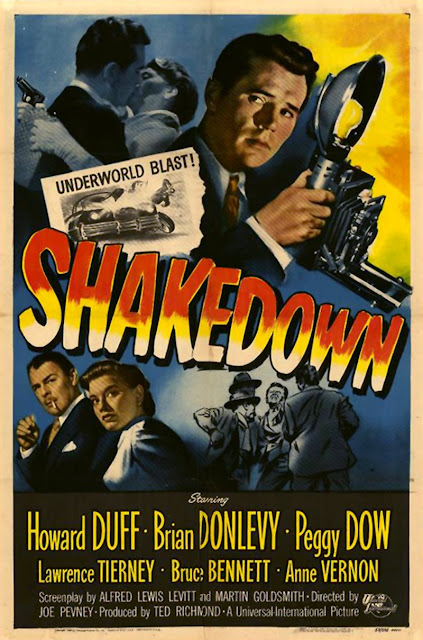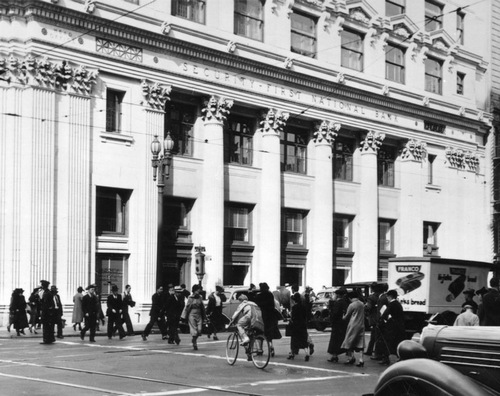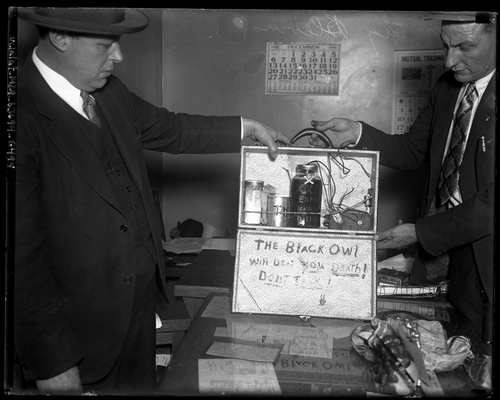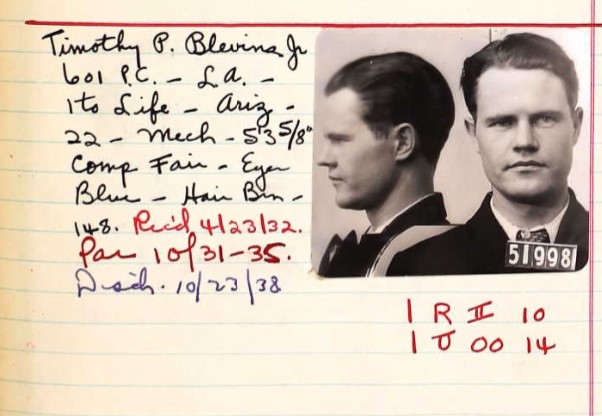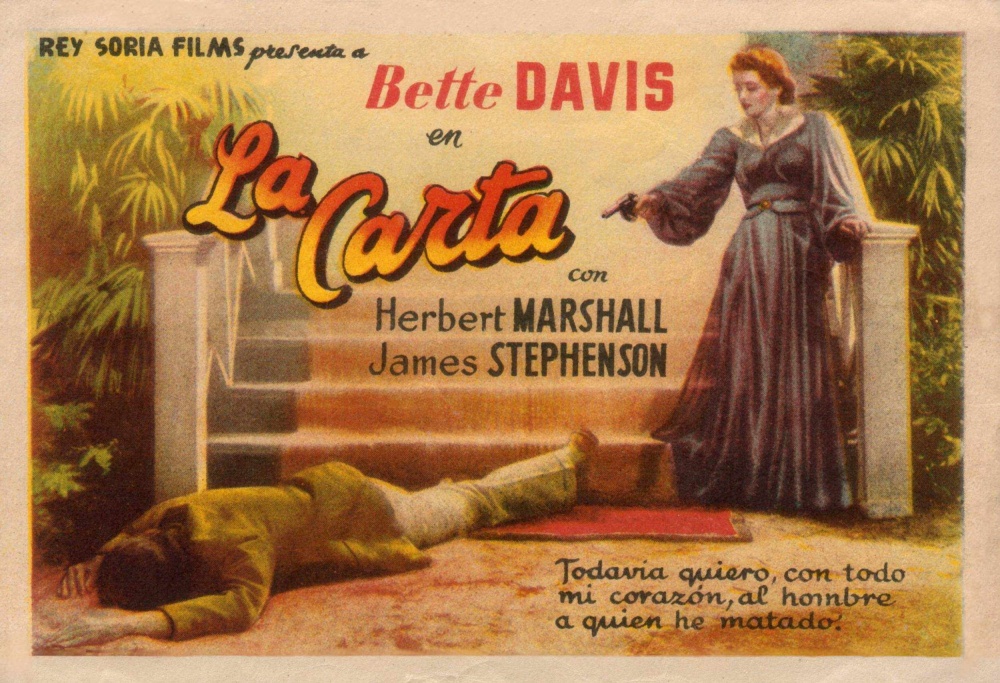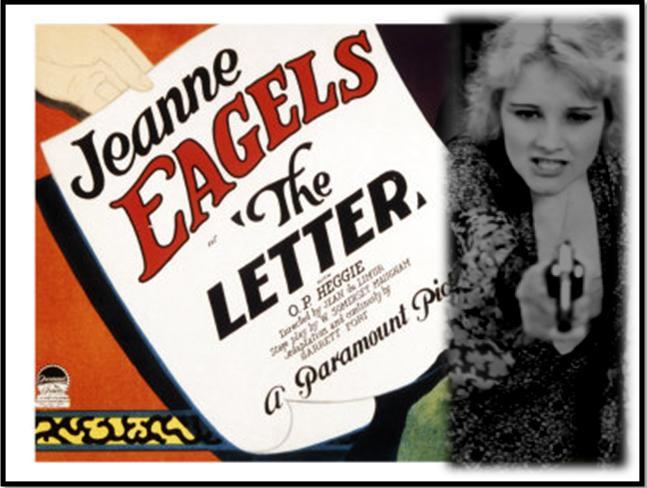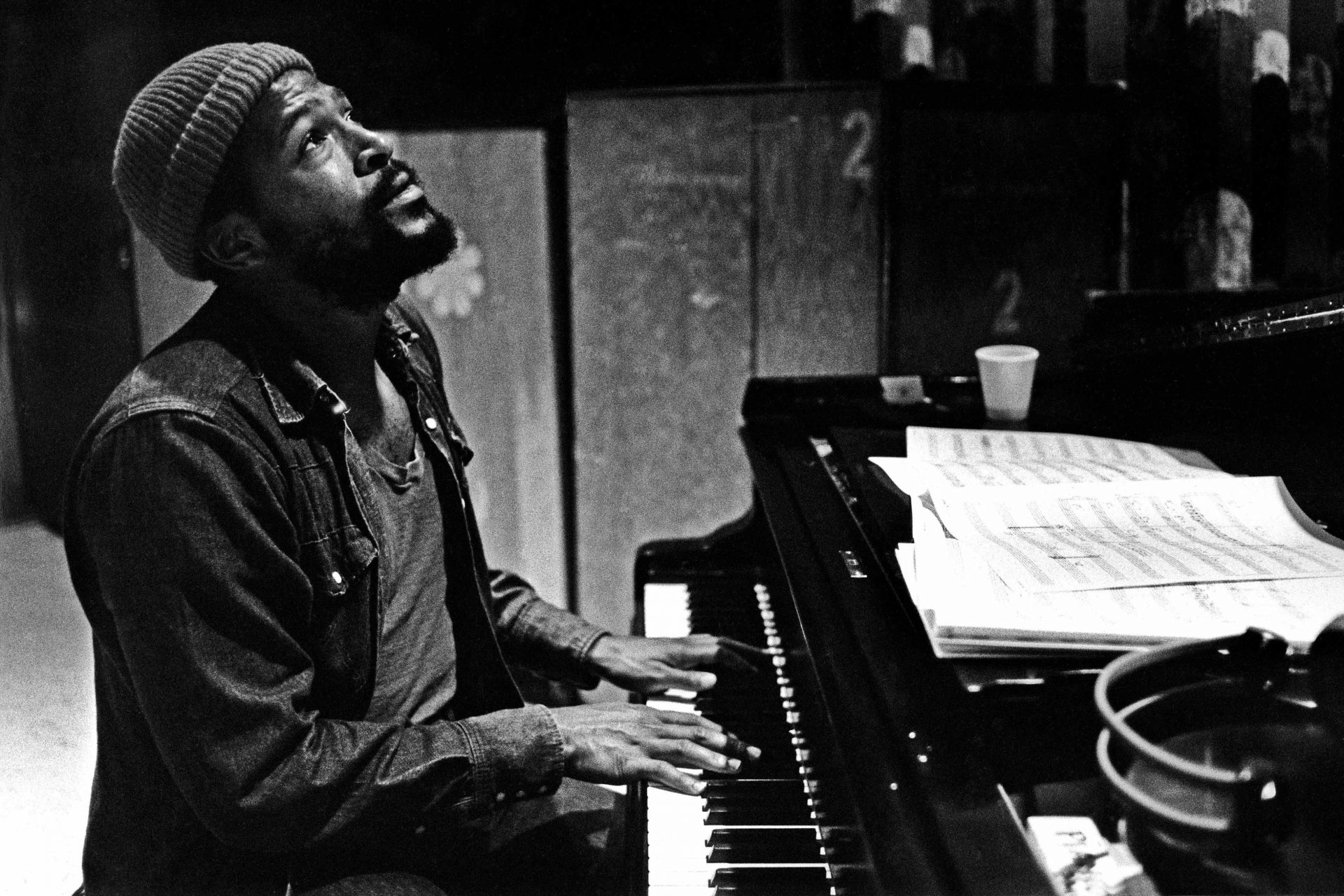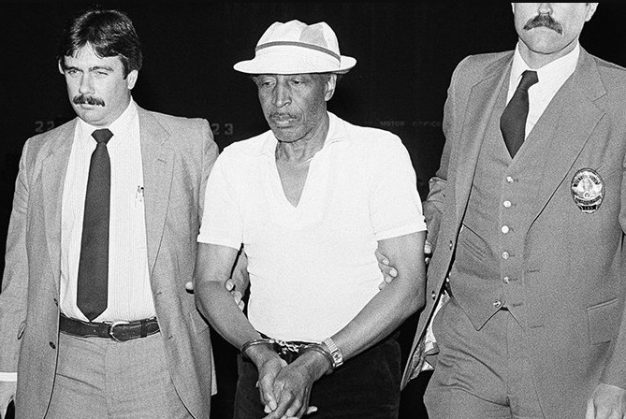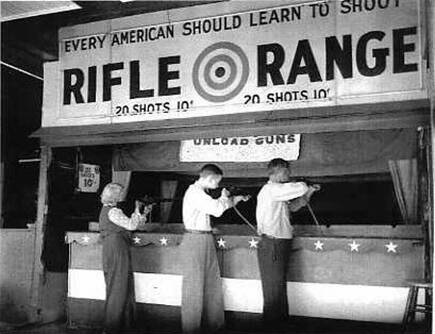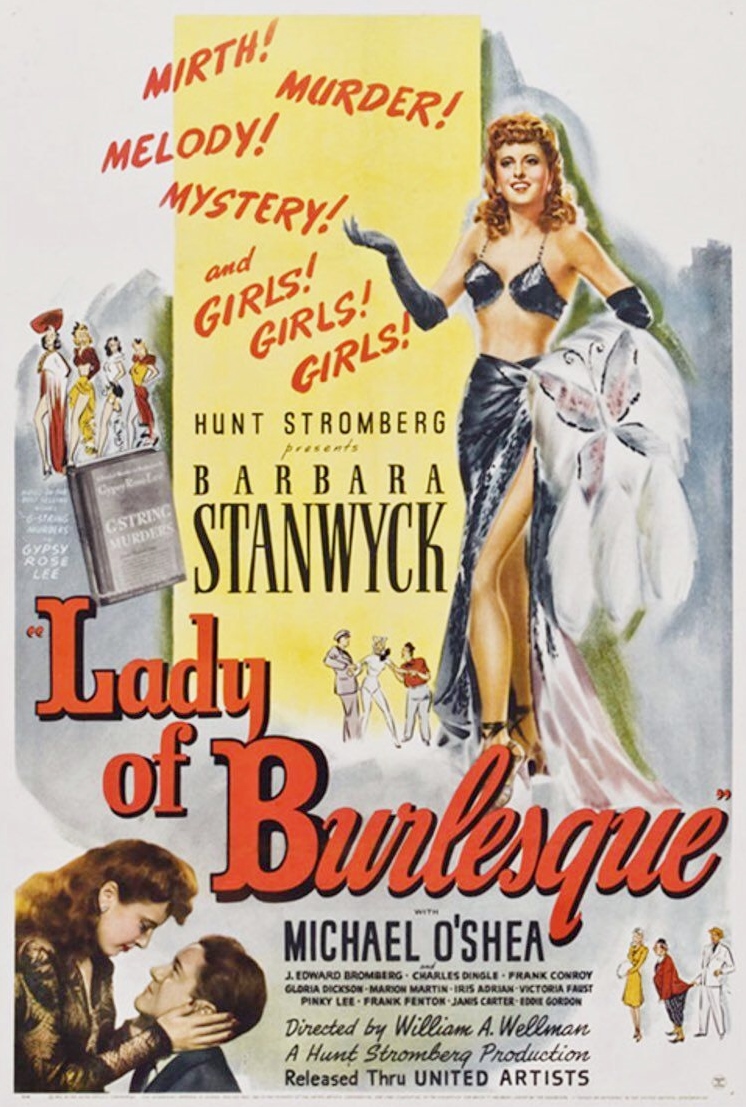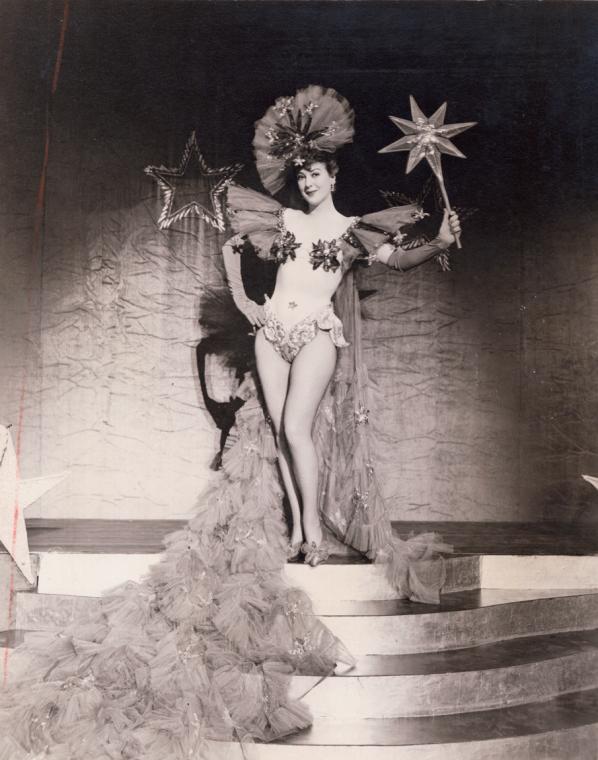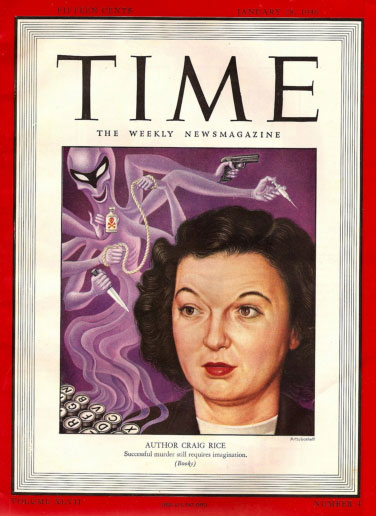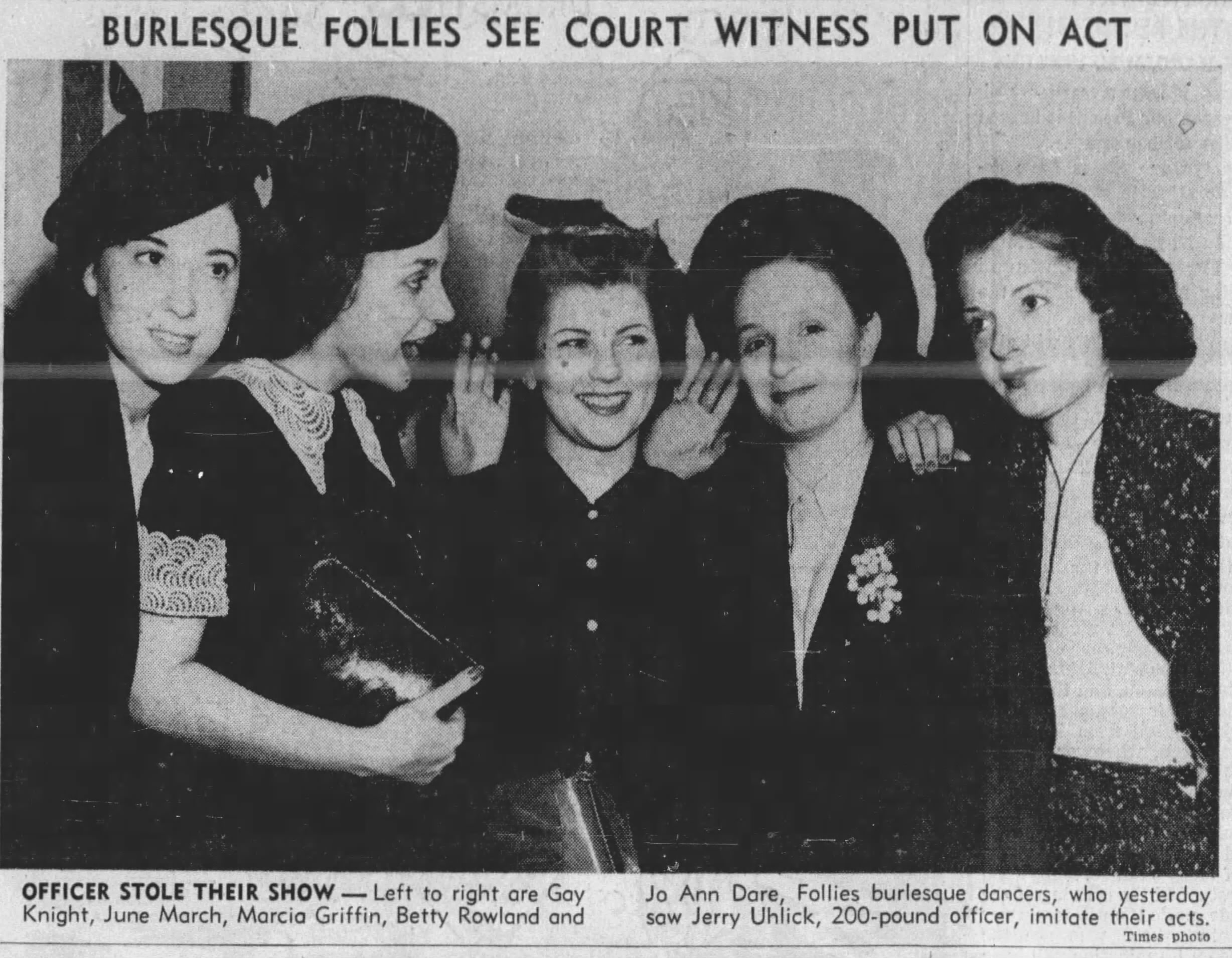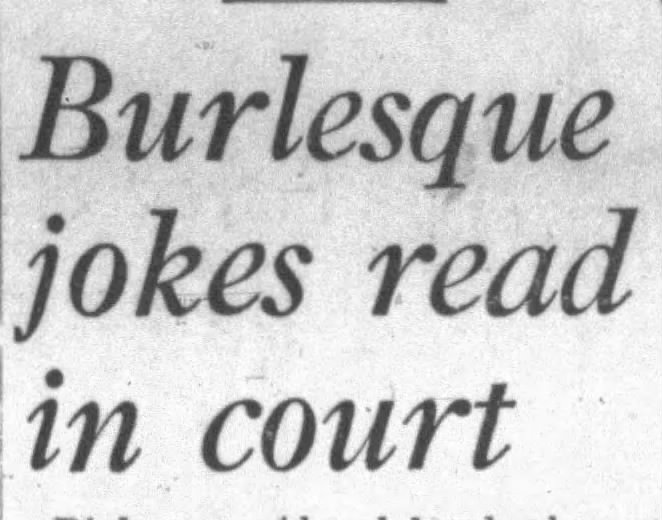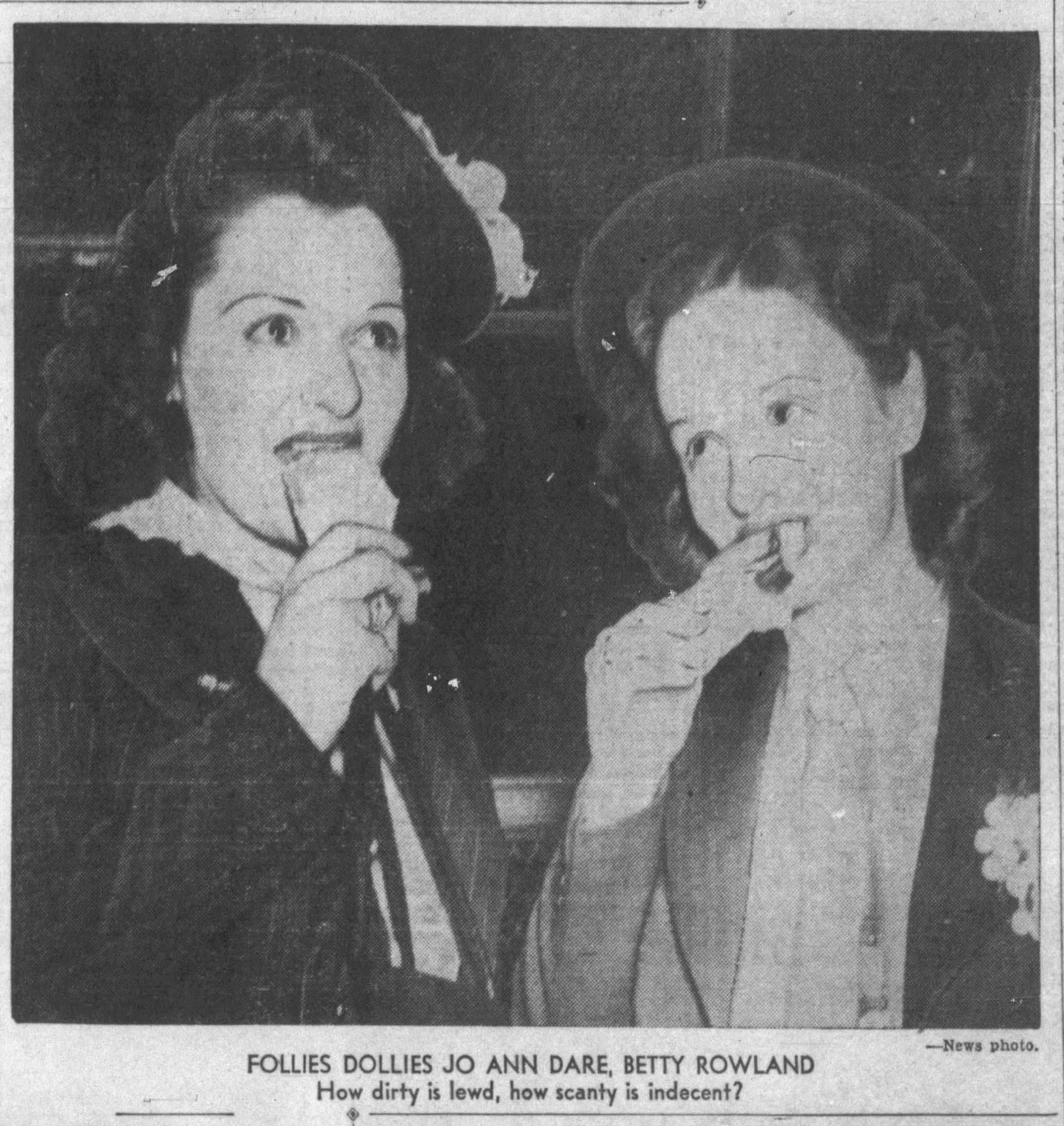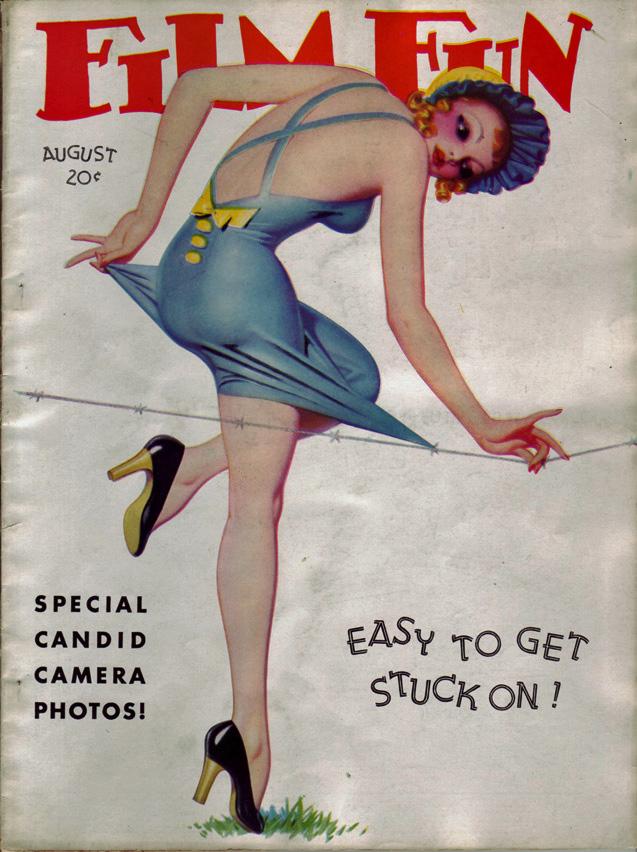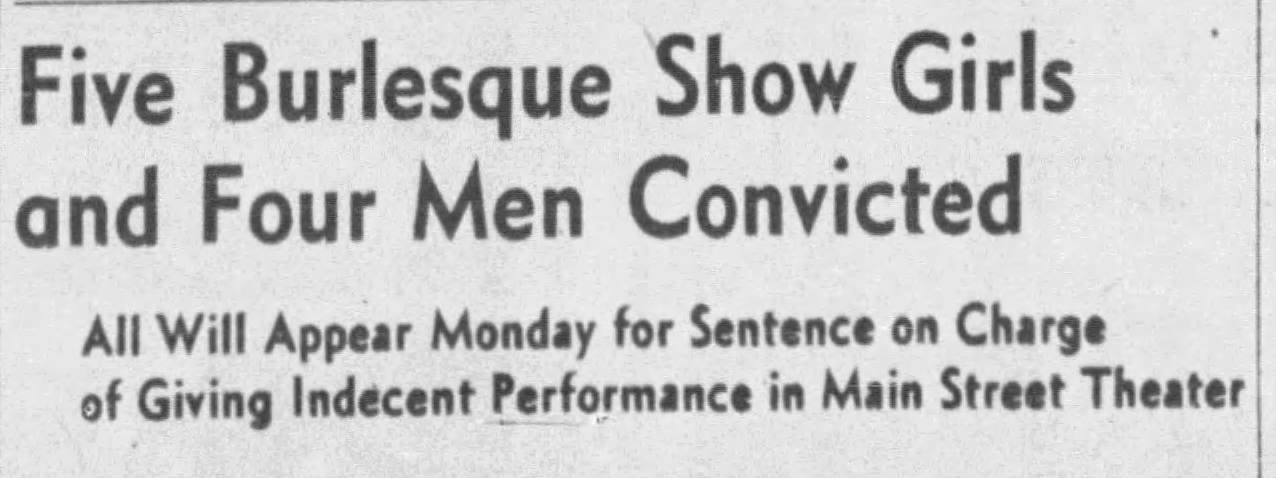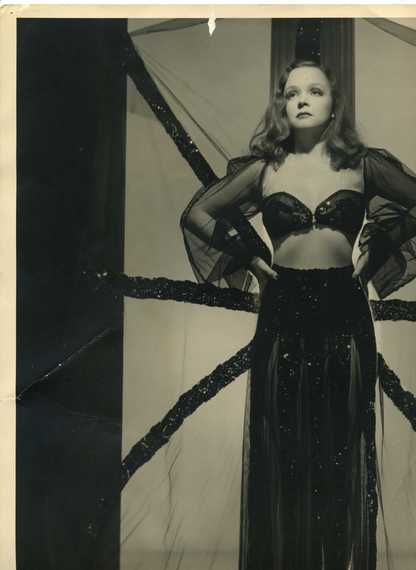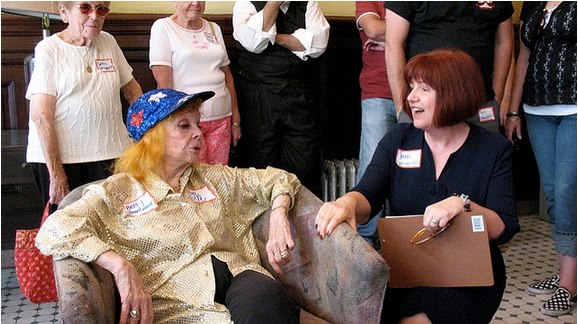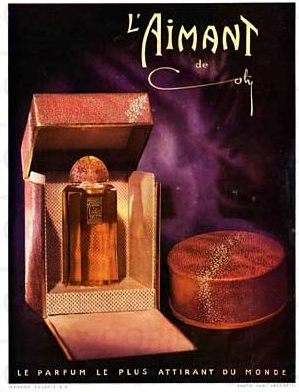At 1:30 p.m. on April 28, 1932, Mrs. Pauline Pohl pushed her hand mower back and forth across her lawn when she heard a shot. A bullet whizzed past her head. She abandoned her yard work and immediately ran into her house. She telephoned the police.
“The woman next door is trying to kill me,” she gasped. “Send somebody, quick!”
While Pauline hunkered down inside her house praying that no further shots would be fired at her, Ella May Thompson, the woman who was trying to kill her, stood in the bathroom of her small frame bungalow, pistol in hand, glaring at Mrs. Pohl’s house. She had fired a shot through her bathroom at the neighbor.
Still gripping the pistol, Thompson whirled around to face Josie Norton the practical nurse who cared for her over the past few months. Ella had a drug addiction and was also diagnosed with an unnamed incurable disease.
“You get out of here…pack your clothes and get out and stay out.”
Norton swiftly complied.
While nurse Norton ran for her life, Radio Officers Paul Donath and Percy Gunby cruised nearby. They received the relayed distress call placed by Mrs. Pohl. They sped to the address on Marsh Street and hurried to the front door of Miss Thompson’s home. Neighbor disputes were no more uncommon in 1932 than they are now. Neighbors can get on each other’s nerves and occasionally violence is the result. Officer Donath jumped out of the patrol car and rushed up to Thompson’s door and rang the bell. Peering through the glass he saw Ella raise her pistol, but he couldn’t move out of the way in time to avoid the bullet that struck him in the chest.
Donath toppled backward from the porch as his partner ran to his side and tugged him across the lawn out of the range of fire. Shooting the policeman didn’t snap Ella to her senses. Far from it. She shouted through the shattered glass in the door.
“That will teach you policemen a lesson not to come to my home without a search warrant.”

Gunby had no choice but to leave his mortally wounded partner on the lawn. He ran into Mrs. Pohl’s house to use her telephone to call for an ambulance and back-up. Within minutes an ambulance arrived and transported Officer Donath to the hospital where he succumbed to his wound a short time later. Right on the heels of the ambulance were dozens of patrol cars which decanted about fifty police and detectives. Captain Rudolph and Inspector Davidson led a squad of men to the side of Thompson’s house.
For over twenty minutes Rudolph and Davidson tried to reason with Ella. They pleaded with her to throw her weapon out into the yard and surrender, but she refused. An enormous crowd gathered to witness the dramatic dénouement. Police received a supply of tear gas bombs and, failing to convince Ella to come out with her hands up, they hurled one through a side window then they pitched two more into the house.
Officers surrounded the house with their guns drawn, and as the gas made its way through the rooms of of her home Ella appeared at the rear door. Again police pleaded with her to surrender, but without warning she suddenly fired three times and made a mad dash for freedom. A bullet from her weapon passed near Officer Cliff Trainor’s head and lodged in the garage door behind him. At least twenty officers, holding pistols and sawed-off shot guns, fired at once. Astonishingly not a single round hit its mark. Officer Trainor leveled his gun at the crazed woman and pulled the trigger. Ella finally went down. Clad in pink pajamas, one slipper on and one off, she fell backwards from the porch steps, shot through the eye.

Detectives questioned Miss Norton. She said that as far as she knew Ella was the former secretary of J.V. Baldwin, a local car dealer. She believed Baldwin provided financial aid to the dead woman.

Investigators found Baldwin at his dealership and quizzed him about Thompson. He said that she’d been in his employ five years earlier and that when she married a former hospital employee, Roy Alger, Baldwin offered the couple money for a honeymoon trip.
He continued.
“Since then I have been made the target of an attempt to ‘shake me down’ for money.”
Baldwin sued Alger for $125,000 in an alienation of affection suit which involved Ella. According to some of her acquaintances, Ella and Alger’s marriage was short-lived and ended with an annulment.
Ella, who took Veronal (a barbiturate used to induce sleep) for her nerves, was a ticking time bomb. Police arrested her on October 2, 1931 for carrying a concealed weapon.

Her trouble with her neighbor, Pauline Pohl, started just days after ice pick and billy club incident when she was arrested for attacking her in a backyard fight. Ella was accused of beating Pauline and fined $25 for battery.
According to Pauline, she built her house next to Ella’s a little over a year before the shooting and there was no trouble between them until, “Miss Thompson . . . accused me of throwing papers in her yard. She became hysterical and beat me and pulled my hair.”
Dr. Glen Bradford, Ella’s physician, told police he had treated Thompson for a nervous breakdown for quite some time.
“I visited her Wednesday, however, and she seemed to be getting along nicely.”
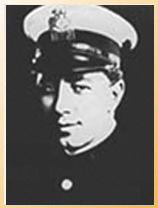
The deceased officer, 34-year-old Paul Donath, was on the job for ten years when he was gunned down. Paul’s heartbroken wife, Virginia, fainted at the news of his death.
The gun which Ella used in the shootout was the property of another LAPD officer, Palmer A. Pilcher. Pilcher was recently suspended from duty for being intoxicated. Apparently, the inebriated officer attempted to park his car on the sidewalk in front of the Rosslyn Hotel, and to make matters worse his gun was missing. There’s nothing that will get an officer in hot water faster than losing his weapon.
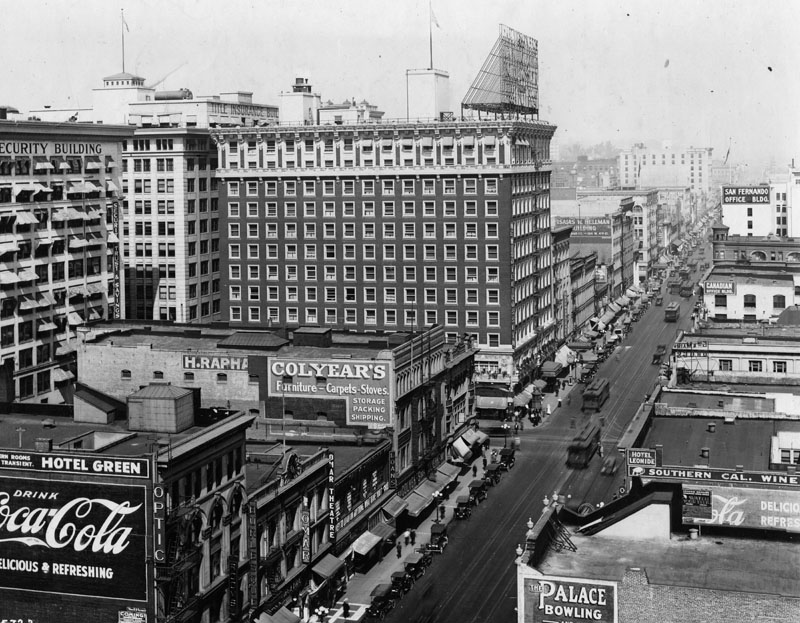
On the day of his suspension he called on Ella, whom he had been dating, and tried to get his gun back, but she refused to let him into the house. Nurse Norton said.
“I tried to find the gun, but she must have hidden it. She had been hard to handle for some time and my efforts to quiet her after she shot as Mrs. Pohl were useless.”
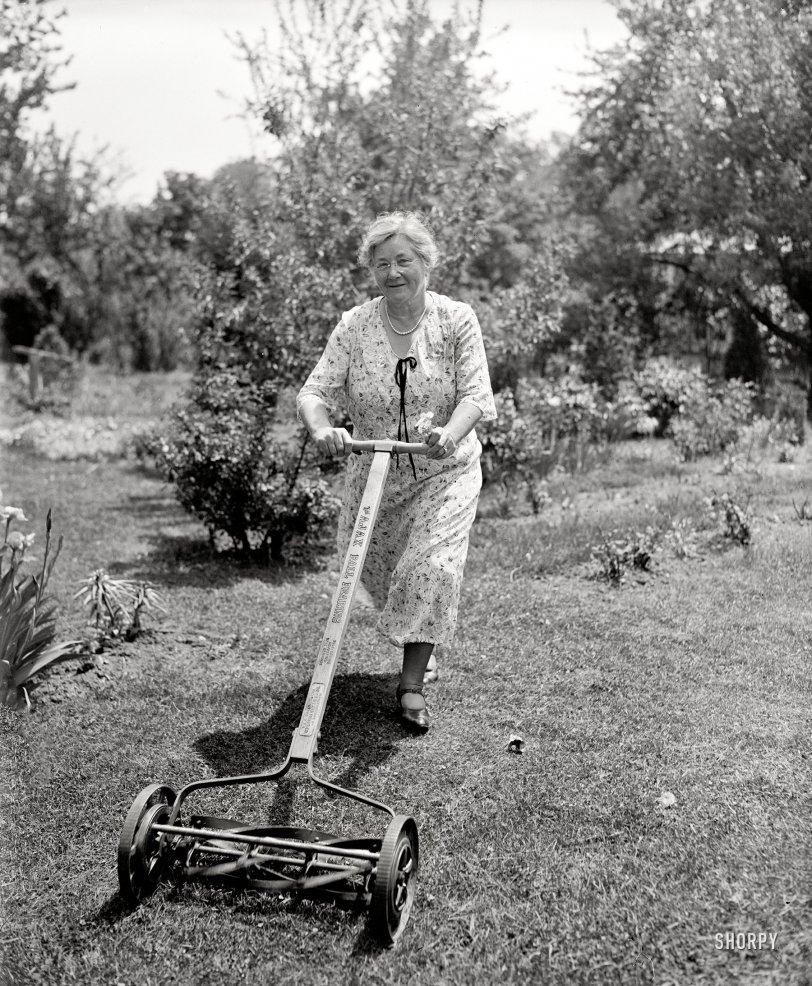
If Ella was driven to a homicidal rage by the gentle whirring of the blades of Pauline’s hand mower, can you imagine how she’d have coped with the constant din of modern leaf blowers and power mowers?
NOTE: This is a revised reprint of a post from 2014. The story is so outlandish, that I had to share it again.

